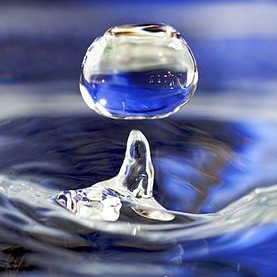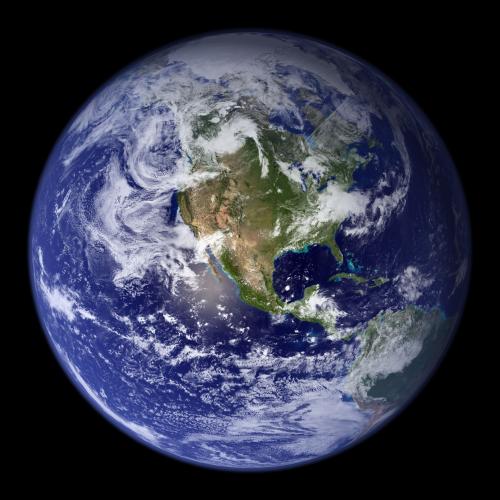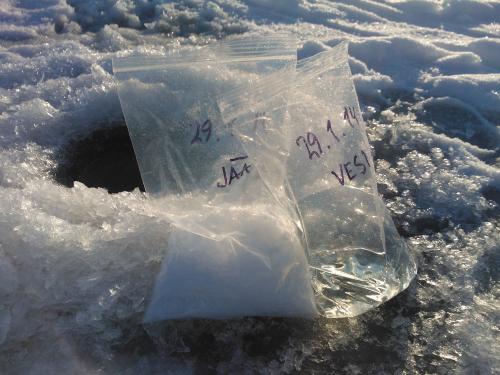Dara Entekhabi, an MIT professor of civil and environmental engineering and of earth, atmospheric and planetary sciences, is the science team leader of NASA’s Soil Moisture Active Passive (SMAP) satellite, scheduled to be launched from Vandenberg Air Force Base in California on Jan. 29.
The satellite will provide measurements of the moisture in the top 2 inches of the soil, everywhere on Earth, over the course of its planned three-year mission, as well as specifying whether that water is liquid or frozen. Entekhabi discussed what he hopes this mission will be able to accomplish.
Q. How much of an improvement will SMAP represent over current ways of assessing soil moisture around the world? Why is it important to be able to do so?
A. Why we need soil moisture information, and what capability SMAP adds, can be explained by following a timeline of what we know about how the Earth system works, starting in the 1980s and 1990s. Read more






